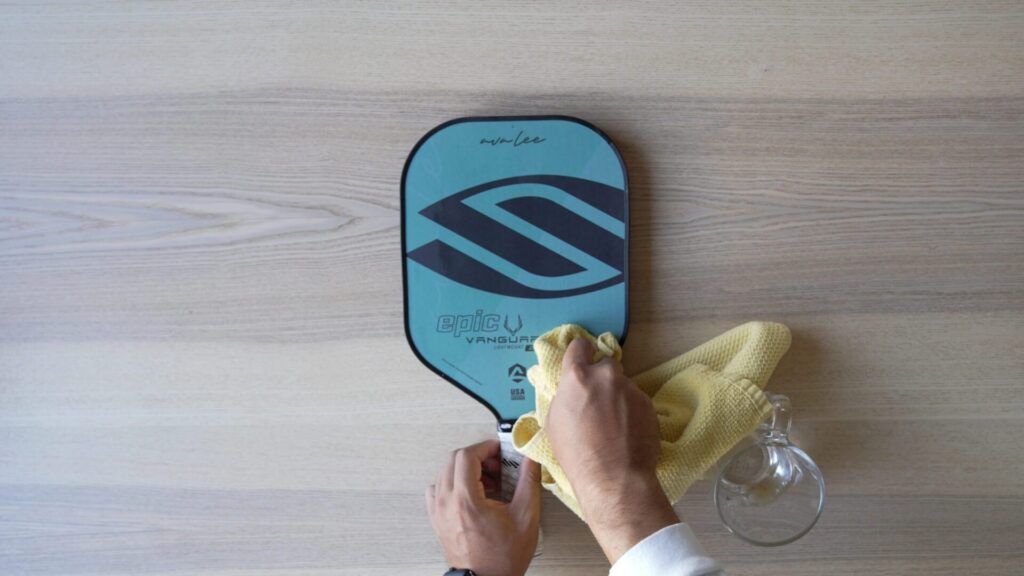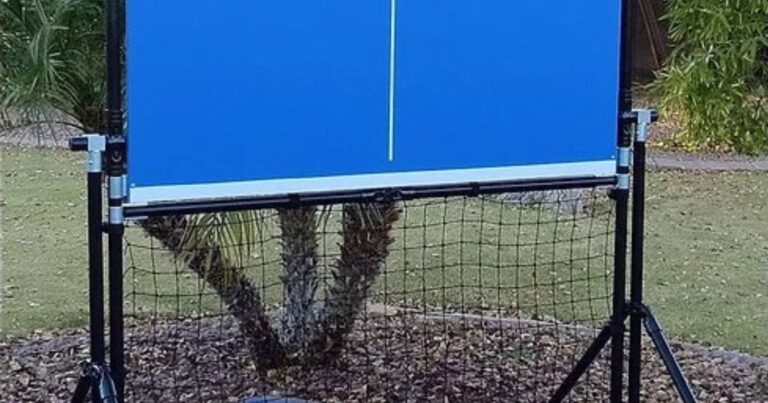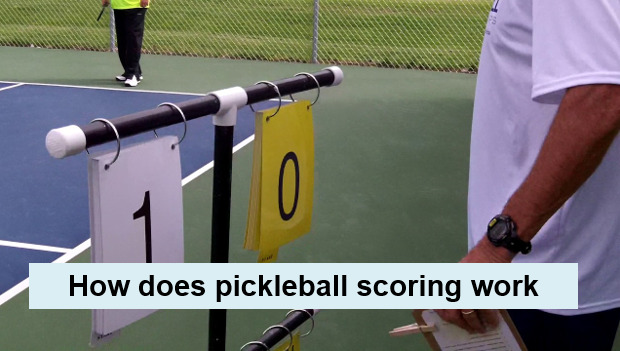How to add texture to Pickleball paddle?
Adding texture to your pickleball paddle is a fantastic way to elevate your gameplay, providing enhanced control and a personalized touch. Fear not, as the process is straightforward, and with just a few simple steps, you can craft a custom-textured grip that suits your playing style. The following is the material required for How to add texture to Pickleball paddle?
- Grip Tape: This is the primary material that will add texture to your paddle. Opt for a grip tape that aligns with your preferences in terms of thickness and feel.
- Adhesive Spray: This serves as the bonding agent, ensuring that the grip tape adheres securely to your paddle. It’s a vital component in creating a durable and long-lasting textured surface.
- Sandpaper (Optional): Depending on your preference, you may choose to use sandpaper to modify the texture of the grip tape further. This step is optional and can be tailored to your specific needs.
How to add texture to Pickleball paddle?
Below is the step-by-step guide on how to add texture to a pickleball paddle, let’s have a look!
Step 1: Clean Your Paddle Surface

Ensure your paddle is clean and free of any dust or debris. A smooth surface provides better adhesion for the grip tape.
Step 2: Measure and Cut Grip Tape
Measure the length of your paddle handle and cut the grip tape accordingly. It’s essential to have a precise fit for optimal performance.
Step 3: Apply Adhesive Spray
Spray a thin, even layer of adhesive on the handle surface. This step is crucial for the proper bonding of the grip tape.
Step 4: Wrap Grip Tape

Carefully wrap the grip tape around the handle, starting from the butt end and moving towards the top. Ensure a tight and even wrap for a uniform texture.
Step 5: Smooth Out Air Bubbles
tape, be vigilant for any air bubbles. Smooth them out to ensure a seamless and secure application.
Step 6: Optional Sanding (if desired)
If you want a more customized texture, gently sand the grip tape surface with fine-grit sandpaper. This step allows you to tailor the texture to your liking.
Step 7: Let It Set
Allow the grip tape to set and bond with the paddle handle. Follow any specific instructions provided by the adhesive spray manufacturer.
Once completed, you’ll have a pickleball paddle with a textured grip, enhancing your control, feel, and overall playing experience. Enjoy your game with the added advantage of a custom-tailored paddle!
Different Ways to Add Texture to Your Pickleball Paddle
There are various creative ways to add texture to your pickleball paddle, allowing you to customize it to your liking. Here are some alternative methods:
- Over grip Wrapping: Utilize over grip tape designed for racket sports. This thin, stretchy material provides an additional layer over your existing grip, enhancing texture and comfort. You can experiment with different over grip textures to find the one that suits your playing style.
- Heat Shrink Tubing: Consider using heat shrink tubing for a unique texture. Slide the tubing over the handle and use a heat gun to shrink it, creating a tight, textured surface. This method not only adds grip but also offers a distinctive aesthetic.
- Silicone Sleeves: Slip-on silicone sleeves onto your paddle handle. These sleeves often come with textured patterns and provide a comfortable, non-slip grip. Silicone is durable and resistant to wear, making it a practical choice for long-term use.
- Rubberized Spray Coating: Explore rubberized spray coatings designed for improving grip. These coatings create a textured, rubber-like surface on your paddle handle. Ensure an even application for consistent texture.
- DIY Traction Pads: Craft your traction pads using materials like rubber or foam. Cut these materials into small pads and strategically adhere them to the paddle handle. This DIY approach allows you to experiment with different textures and patterns.
- Lizard Skin Grips: Lizard skin-style grips offer a textured surface that enhances grip and comfort. These grips come in various colors and patterns, allowing you to add a touch of personal style to your paddle.
- Paracord Wrapping: For a more rustic and personalized texture, try wrapping the handle with a paracord. This not only adds grip but also gives your paddle a distinctive and custom look. You can experiment with different wrapping techniques for varying textures.
- Epoxy Resin with Additives: Mix epoxy resin with acceptable additives like sand or small rubber particles to create a textured surface. Apply the mixture to the handle and let it cure. This method provides a durable and unique texture.
Tips for Adding Texture to Pickleball Paddle
Adding texture to your pickleball paddle can significantly enhance your playing experience. Here are some tips to ensure a successful and effective texturing process:
- Choose the Right Grip Tape: Select a grip tape that suits your preferences in terms of thickness, material, and texture. Grip tapes come in various styles, so experiment with different options to find the one that feels best for you.
- Clean the Paddle Surface: Before applying any texture, make sure the paddle surface is clean and free of dust or debris. A smooth surface ensures better adhesion of the grip tape and other texturing materials.
- Measure and Cut Precisely: Measure the length of your paddle handle accurately before cutting the grip tape. A precise fit not only looks professional but also ensures optimal performance and comfort.
- Use Adhesive Spray Sparingly: When applying adhesive spray, use a thin and even layer. Too much adhesive can create a messy application, and excess glue may seep out when wrapping the grip tape.
- Wrap Tightly and Evenly: When wrapping the grip tape, do it tightly and evenly from the butt end towards the top of the handle. This ensures a uniform texture and prevents the tape from unraveling during play.
- Smooth Out Air Bubbles: Be vigilant for any air bubbles as you wrap the grip tape. Smooth them out promptly to achieve a seamless and secure application. Air bubbles can affect the comfort and longevity of the textured grip.
- Experiment with Sanding (Optional): If you desire a more customized texture, consider using fine-grit sandpaper to modify the surface of the grip tape. This step is optional and depends on your personal preference for the feel of the paddle.
- Allow Sufficient Setting Time: After applying the grip tape and any additional texturing materials, allow sufficient time for everything to set and bond. Follow the specific instructions provided by the adhesive spray or any other bonding agents used.
- Consider Alternative Texturing Methods: Explore alternative methods mentioned earlier, such as over grip wrapping, heat shrink tubing, silicone sleeves, rubberized spray coating, DIY traction pads, lizard skin grips, paracord wrapping, or epoxy resin with additives. Each method offers a unique texture, so find the one that best suits your needs.
- Test and Adjust: Once you’ve added texture to your paddle, take it out for a test game. Pay attention to how the texture feels during play. If necessary, make adjustments or try different methods until you find the perfect combination for your playing style.
Final Thoughts
Mastering how to add texture to your pickleball paddle opens a realm of customization, allowing you to elevate your game with enhanced grip, control, and personal flair. Whether opting for grip tape, silicone sleeves, DIY traction pads, or alternative methods like paracord wrapping, the key lies in precision, experimentation, and a touch of creativity. Remember, the process is not just about improving functionality—it’s an opportunity to infuse your paddle with a unique identity that complements your playing style. So, dive into the world of texturing and transform your pickleball paddle into a tailored extension of your game on the court.
FAQs
Can I add texture to my pickleball paddle myself?
Absolutely! Adding texture to your pickleball paddle is a DIY-friendly process. With the right tools and methods, you can customize your paddle’s grip to suit your playing style.
Are there specific rules about paddle texture in pickleball?
Yes, there are regulations regarding paddle texture. The surface must adhere to precise standards outlined by organizations like the USA Pickleball Association. Avoid reflective surfaces and ensure the paddle is made of rigid, non-compressible materials.
What materials do I need to add texture to my paddle?
Primary materials include grip tape, adhesive spray, and, optionally, sandpaper. However, there are alternative methods like silicone sleeves, rubberized coatings, or DIY traction pads, each requiring specific materials.
Can I test the textured paddle before a game?
Yes, it’s advisable to test your textured paddle in a practice session before a game. This allows you to assess comfort, grip, and overall performance, giving you the chance to make any necessary adjustments.
How long does it take for the texture to set on the paddle?
The setting time varies depending on the adhesive used. Follow the instructions provided with the adhesive spray or bonding agent. Typically, allowing a sufficient curing period ensures a durable and long-lasting textured surface.
Follow us on Google News:



![What is Footwear Industry? Comprehensive And detailed explanation [2025] 5 FOOTWEAR INDUSTRY](https://choosepickleballs.com/wp-content/uploads/2025/11/FOOTWEARINDUSTRY-768x432.jpg)




4 Comments
Comments are closed.